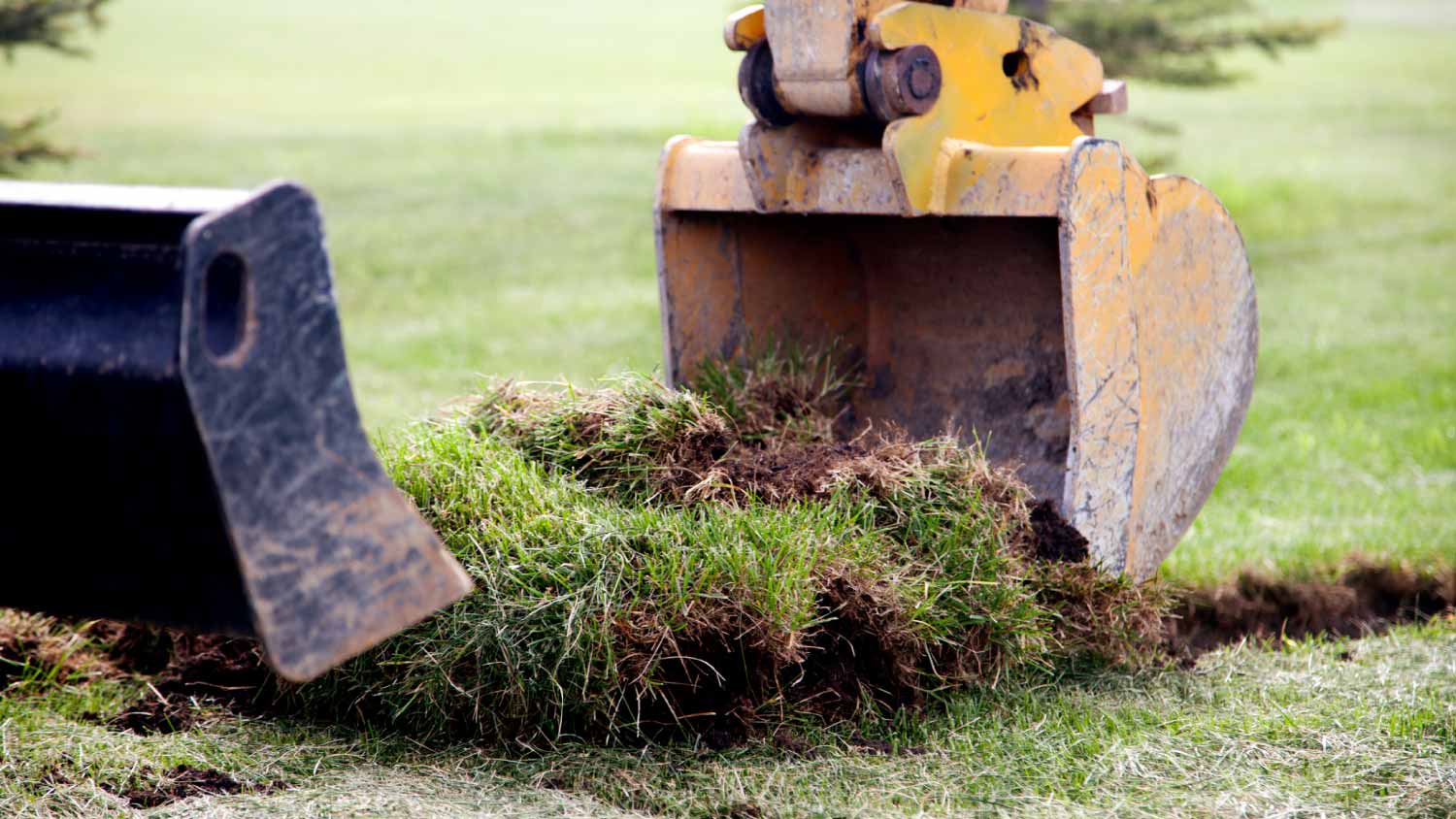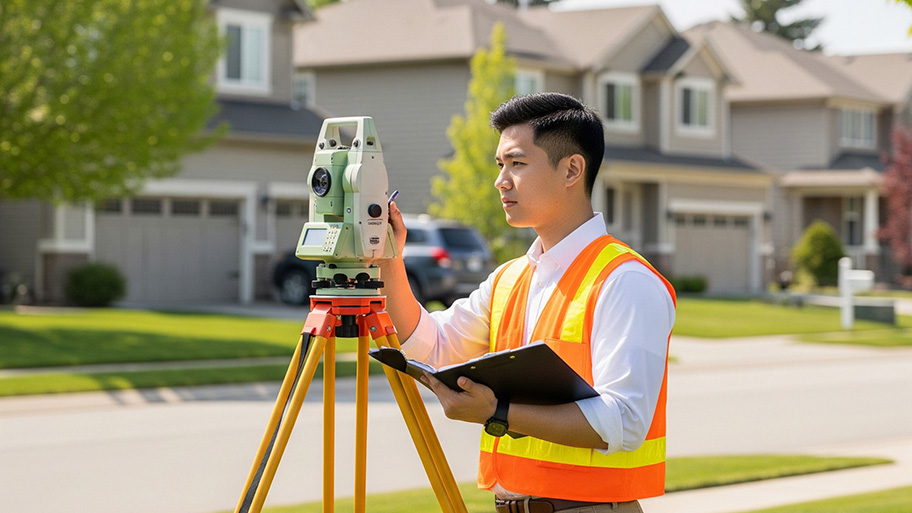
Get matched with top land surveyors in Harvey, ND
Enter your zip and get matched with up to 5 pros
Need a pro for your land surveying project in Harvey, ND?
Find Land surveyors in Harvey
The Harvey, ND homeowners’ guide to land surveying services
From average costs to expert advice, get all the answers you need to get your job done.
 •
•Discover site preparation cost estimates, including average prices, cost factors, and tips to help homeowners budget for their next project.

A land survey can determine your property’s borders and settle property disputes. Learn how much a land survey costs and what can affect the price.

Just bought a plot of land and need to get it build-ready? Learn how much it costs to clear land to gauge your initial budget before you break ground.

Not sure what kind of property survey you need? Learn about the differences between a land survey vs. a boundary survey to get started.

If you've just been told that you need a land survey to continue your project, what time of land survey do you really need? Here are eight main options.

Real estate transactions often require a survey, but who pays for it? Learn who pays for a land survey in most cases and some exceptions to the norm.